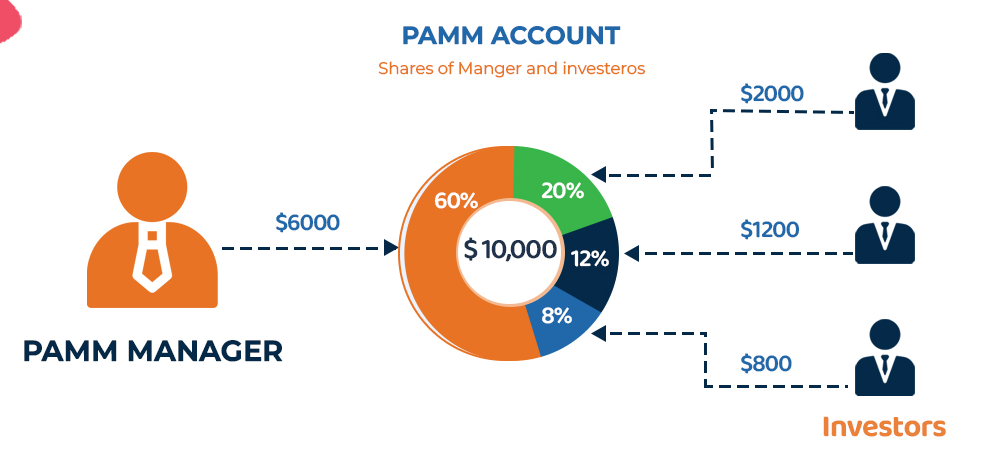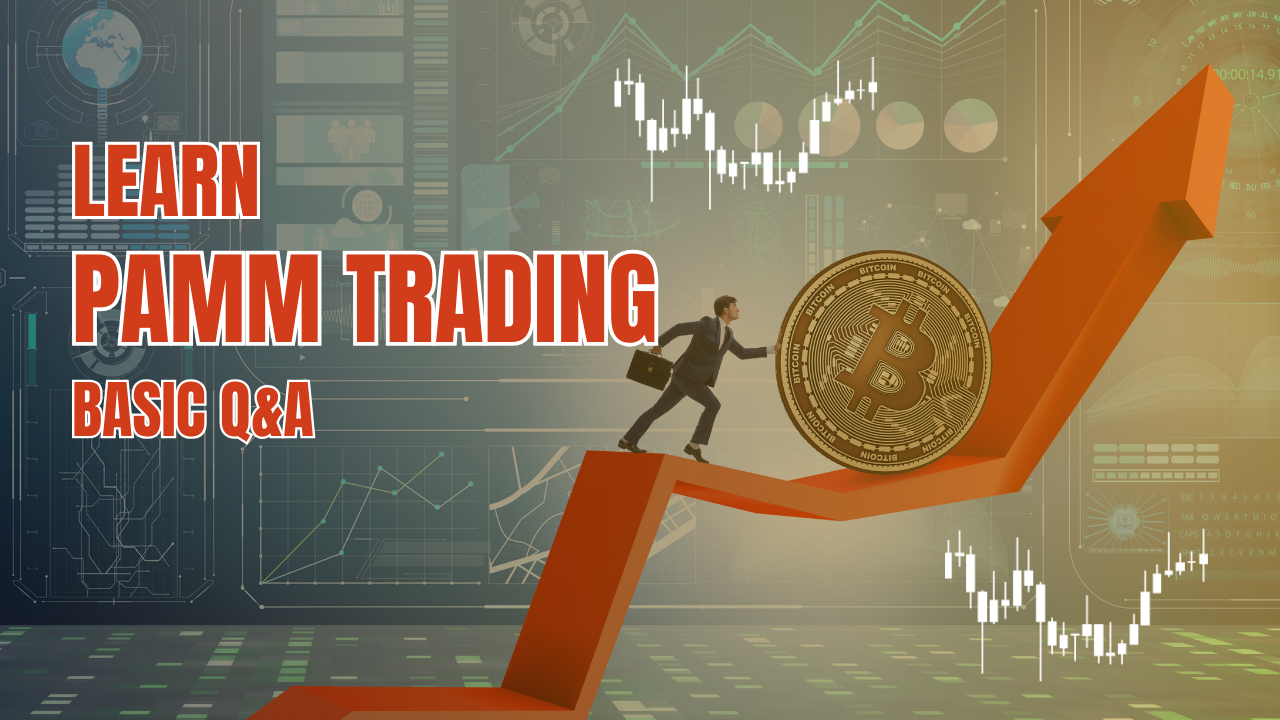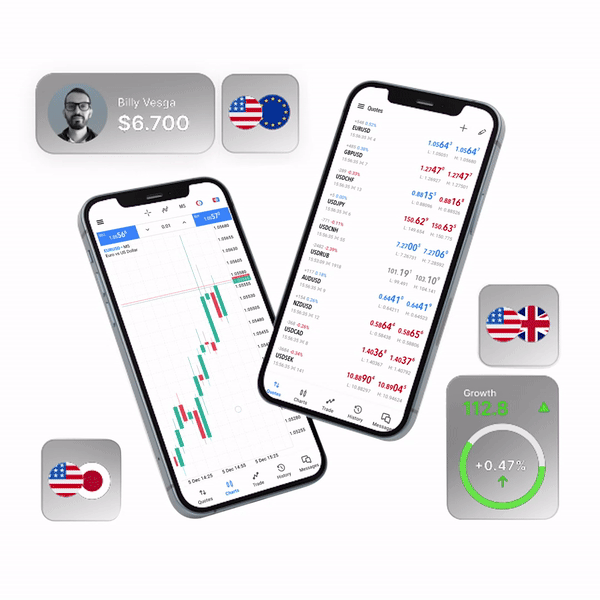Stocks drop following poor consumer confidence reading
As investors analyzed new economic data in search of hints regarding the rate of monetary policy tightening, U.S. stocks declined on Tuesday, giving up early gains and sliding for a second straight day. To reach 30946.99, the Dow Jones Industrial Average fell 491.27 points, or 1.6 percent. Earlier in the session, the blue-chip index rose as much as 1.4 percent. The S&P 500 dropped 78.56 points, or 2%, to finish the day at 3821.55. The NASDAQ Composite Index, which focuses on technology, dropped 343.01 points, or 3%, to 11181.54.
The major indices have been extremely sensitive to news and data in recent sessions as investors evaluate how long the market’s recovery from its lows will last. As a result of the Federal Reserve raising interest rates earlier this month, the S&P 500 entered a bear market or a 20 percent decline from its recent top.
Stocks’ initial momentum was gone. Tuesday, following data from the Conference Board that revealed consumers’ short-term expectations for the American economy had fallen precipitously to their lowest level in a decade. As Americans continue to weigh the effects of high prices and rising rates, consumer confidence dropped for a second month in a row. The unfavorable report comes after a barometer from the University of Michigan issued on Friday indicated that consumer mood had reached its lowest level ever.
The unfavourable report comes after a barometer from the University of Michigan issued on Friday indicated that consumer mood had reached its lowest level ever. In a paradoxical view where bad news was good news, weak economic statistics fuelled a stock market rise last week as investors thought the Fed could delay its monetary-policy tightening. According to Boston Partners’ Mike Mullaney, head of global markets research, Tuesday’s consumer reading is “poor news that’s awful news.”
“The Fed is going to be that much more aggressive in squashing inflation,” he added. “If inflation expectations are rising up to the amount they are right now. Market volatility, as demonstrated by Tuesday’s intraday reversal, might also be linked to a lack of liquidity, according to Jim Besaw of GenTrust. Because there are “not a lot of risk takers right now,” the chief investment officer claimed that he has observed markets move more than anticipated when carrying out trades for customers. The lack of liquidity over the past few months has made a lot of problems worse, he said.
Portfolio rebalancing may have an effect on market movement as the month and the quarter come to an end later this week, Mr. Besaw added With a decline of almost 20% this year, the S&P 500 is on pace for its worst first-half performance since 1970. Eloise Goulder, head of the global market, data, and positioning intelligence teams in equity trading at JPMorgan Chase, said: “The challenge is when we hit a market bottom and when we get that turning point, and it’s not necessarily straight away.” She continued, “We need to see the combination of inflation having peaked, and data having steadied, for me to get bullish about the second half of the year.”
Other information made public on Tuesday morning revealed that the increase in property prices in April somewhat slowed. The average home price in the nation’s main metropolitan areas, as measured by the S&P CoreLogic Case-Shiller National Home Price Index, increased at a somewhat slower annualised rate in April compared to March. Mortgage rates doubled earlier this month, reaching their highest point in more than 13 years.
In other news, China’s National Health Commission announced that it would relax its rigorous quarantine regulations for visitors from other countries in an effort to strike a compromise between its zero-Covid policy and the strains on its second-largest economy. Following the consumer confidence report, consumer-discretionary stocks drove the S&P 500 lower. Nike was one of the index’s worst laggards, dropping $7.72, or 7 percent, to $102.78 after the sneaker manufacturer reported nearly flat quarterly sales and a drop in earnings.
Mega-cap technology stocks also experienced a sell-off, which hurt the major indices. Each of Apple, Microsoft, and parent company Alphabet saw at least a 3 percent decline. To reach $107.40, Amazon.com lost $5.82, or 5.1 percent. The benchmark 10-year U.S. Treasury note’s yield increased in the bond market, rising to 3.206 percent from 3.193 percent on Monday. When bond prices decrease, yields increase. Globally, the Stoxx Europe 600 index increased by 0.3% thanks to a surge in equities for manufacturing and energy sectors. After the announcement, indexes generally increased throughout Asia.











